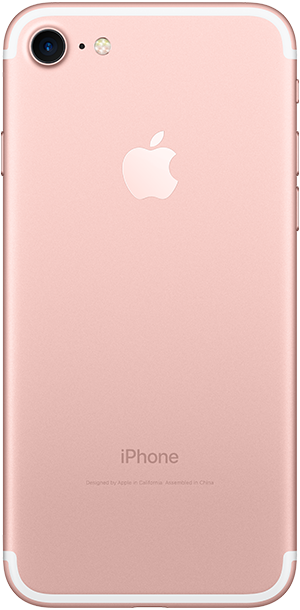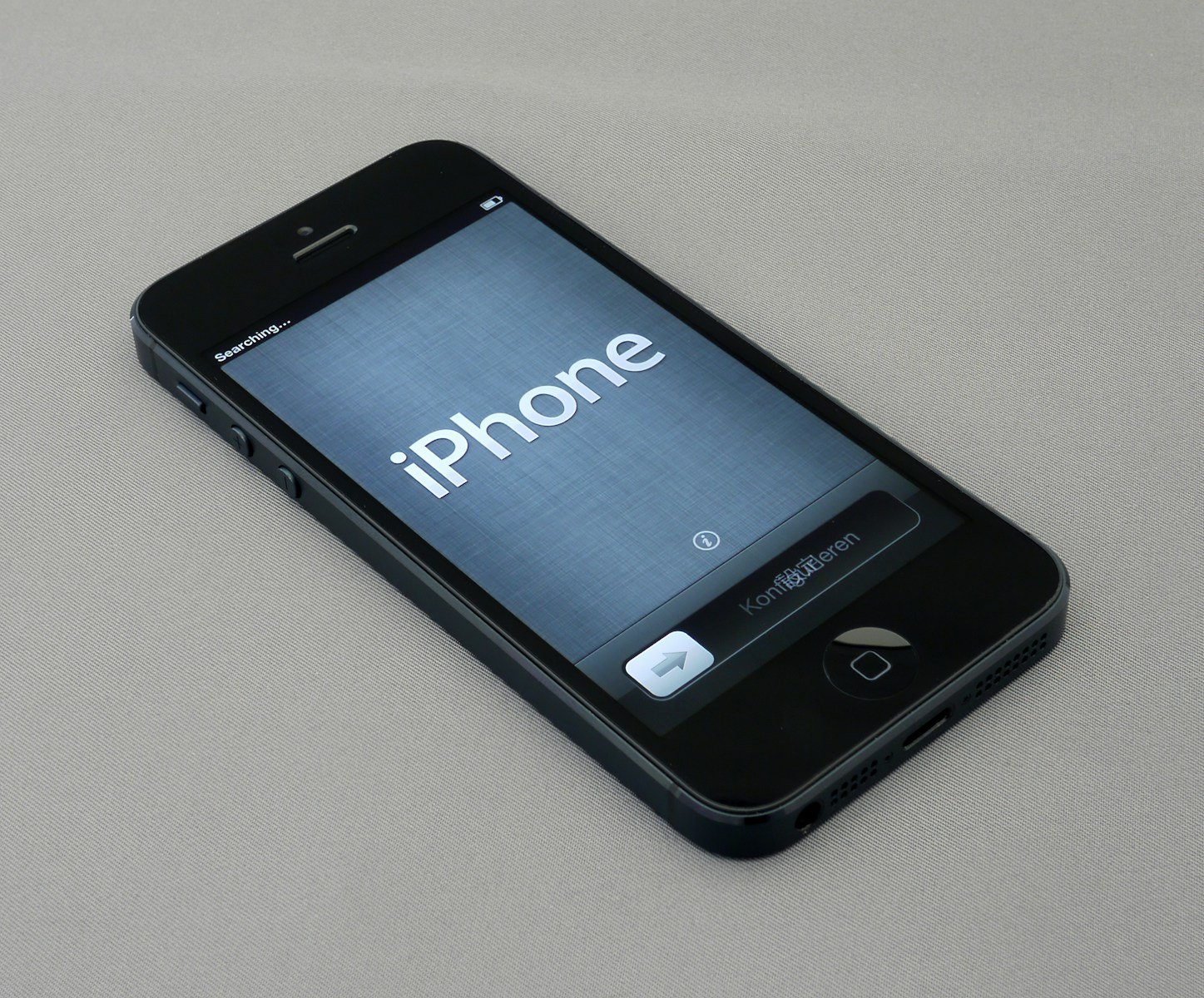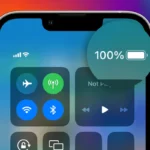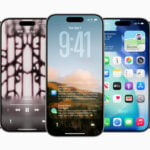Since its inception in 2007, the iPhone has become an icon of technology evolution. Its journey reflects a continual advancement in both hardware and software. Starting as a revolution in touchscreen smartphones, it introduced features and designs that challenged the status quo. The original iPhone, with its 3.5-inch screen and single button interface, was leaps and bounds ahead of its contemporaries.
Over time, Apple has persistently upgraded the iPhone, improving its cameras, displays, and processing power. The transition from the first generation to the latest models shows a remarkable increase in screen size and quality, with high-definition displays now standard. The introduction of larger models such as the iPhone 6 Plus acknowledged consumer demand for bigger screens. Meanwhile, internal enhancements have kept pace, with new iterations boasting more powerful chips and advanced features such as facial recognition and augmented reality capabilities.
How the iPhone Has Changed Over Time (2007–2025)
Since Steve Jobs introduced the first iPhone in 2007, Apple has redefined what a smartphone can be. Each generation has brought new design philosophies, technologies, and cultural shifts. Let’s walk through the major phases of iPhone evolution.
1. The Beginning (2007–2010): Touchscreen Revolution
- iPhone (2007): The original iPhone ditched physical keyboards for a multi‑touch screen, combining phone, iPod, and internet into one device.
- iPhone 3G/3GS: Added 3G connectivity, the App Store (2008), and faster performance.
Impact: Set the standard for modern smartphones and launched the app economy.
2. Retina Displays & Design Refinement (2010–2013)

- iPhone 4 (2010): Introduced the Retina Display, glass‑and‑steel design, and FaceTime.
- iPhone 5 (2012): Taller screen (4 inches), Lightning connector, and LTE support.
Impact: Apple emphasized premium design and sharper visuals, influencing the entire industry.
3. Bigger Screens & Biometrics (2013–2016)

- iPhone 5s (2013): First with Touch ID fingerprint sensor.
- iPhone 6/6 Plus (2014): Larger displays (4.7″ and 5.5″), marking Apple’s entry into the “phablet” era.
- iPhone 7 (2016): Removed the headphone jack, water resistance added.
Impact: Normalized biometric security and larger phone sizes.
4. The Notch Era & Face ID (2017–2020)

- iPhone X (2017): Radical redesign with OLED edge‑to‑edge display, Face ID, and removal of the home button.
- iPhone 11 Pro (2019): Triple‑camera system, Night Mode photography.
- iPhone 12 (2020): 5G connectivity, MagSafe accessories, flat‑edged design.
Impact: Face ID became the gold standard for secure authentication; iPhone cameras rivaled professional gear.
5. Pro Power & Cinematic Cameras (2021–2023)

- iPhone 13 Pro (2021): ProMotion 120Hz display, Cinematic Mode video.
- iPhone 14 (2022): Emergency SOS via satellite, Dynamic Island on Pro models.
- iPhone 15 Pro (2023): Titanium build, USB‑C port, A17 Pro chip for console‑level gaming.
Impact: iPhones became not just communication tools, but creative and safety lifelines.
6. AI & Spatial Computing Era (2024–2025)

- iPhone 16 (2024): Apple Intelligence (AI features), better integration with Vision Pro, and improved battery life.
- iPhone 17 / 17 Pro (September 2025):
- Design: Slimmer bezels, lighter frame, and refined Dynamic Island.
- Performance: A19 chip with enhanced AI processing for real‑time translation, advanced photo editing, and smarter Siri.
- Camera: Periscope zoom lens (Pro Max), improved low‑light capabilities.
- Software: Deep Apple Intelligence integration across Messages, Mail, and productivity apps.
- Sustainability: Expanded use of recycled materials and energy‑efficient components.
(source: Apple)
Impact: The iPhone is now as much an AI assistant and spatial computing hub as it is a phone.
📊 Key Trends Over 18 Years
- Design Evolution: From rounded plastic → glass/steel → flat‑edged titanium.
- Security: Passcode → Touch ID → Face ID → Stolen Device Protection.
- Connectivity: 2G → 3G → LTE → 5G → satellite emergency features.
- Photography: Single lens → dual → triple → periscope zoom, with computational photography leading the way.
- Intelligence: From apps and Siri → to on‑device AI (Apple Intelligence) shaping the future.
✅ Conclusion
The iPhone has evolved from a simple touchscreen phone into a powerful AI‑driven, camera‑first, spatial computing device. With the iPhone 17, Apple is signaling a future where your phone isn’t just a tool for communication—it’s your personal intelligence companion.
Key Takeaways
- The iPhone has seen substantial changes in design and functionality since 2007.
- Display and camera improvements are notable developments in the iPhone’s evolution.
- Apple’s enhancements have established the iPhone as a benchmark for smartphone innovation.
Evolution of the iPhone
The iPhone’s journey reflects significant shifts in design and technology since its inception. Apple’s iPhone line has shown the capability to redefine the smartphone industry with each release.
Design and Build Quality
The initial iPhone, released in 2007, featured a metal rear casing and a 3.5-inch display. This design gave way to plastic with the iPhone 3G and 3GS to improve signal reception. The iPhone 4 marked a return to glass and introduced the stainless steel frame, which soon became an iconic look. Over time, Apple enlarged screen sizes, with the iPhone 6 and 6 Plus offering 4.7 and 5.5-inch displays respectively, a notable increase to accommodate user demand for larger, more vivid screens. The evolution of the iPhone design culminated with the iPhone X showcasing an almost bezel-less OLED display and facial recognition technology. The company maintained its focus on premium materials, with the most recent models, including the iPhone 13 and iPhone 14, featuring aerospace-grade aluminum and Ceramic Shield fronts that are touted for their durability.
Technological Advancements
With each new iPhone, Apple has introduced various technological advancements. The App Store, launched in 2008, became a platform for millions of apps, transforming the iPhone into a versatile tool for countless tasks. The introduction of Siri in the iPhone 4S provided a voice assistant that could perform tasks based on voice commands. Cameras on iPhones have also seen significant improvements, with the iPhone XS and later models featuring advanced sensors and computational photography to produce professional-grade photos. 5G connectivity first came with the iPhone 12, providing faster internet speeds and improved data transfer. Apple has continually updated iOS, its mobile operating system, to enhance user experience and security. The iPhone 13 and iPhone 14 models saw leaps in processing power with new chips that improved performance and efficiency. Wireless charging and longer battery life have also become standard features, demonstrating Apple’s commitment to innovation.
Cultural and Market Impact
Since its introduction by Steve Jobs, the iPhone has reshaped consumer trends and set new standards in the mobile phone industry. It has not only influenced how people communicate but also defined the modern smartphone market.
Consumer Trends and Adoption
Apple’s iPhone rapidly became a trendsetter in mobile technology. Key adoptions include:
- Touchscreen Interface: Pioneering the touchscreen, it shifted user interaction away from physical keyboards used by competitors like Blackberry and Nokia.
- App Store Ecosystem: Launched with the iPhone 3G, the App Store created a new space for mobile applications that now shapes everyday activities, from social media to mobile banking.
Consumers embraced each model, from the iPhone 4’s sleek design to the iPhone X’s facial recognition, making the iPhone more than a device—it became an integral part of social identity and lifestyle.
Competition and Industry Influence
The success of the iPhone prompted rapid responses from rivals. Key impacts on the industry include:
- Android’s Emergence: Google’s Android OS emerged as a direct competitor, adopted by manufacturers like Samsung to challenge the iPhone’s dominance.
- Photography Advancements: The iPhone 5s introduced slow-motion video and burst mode in photography, spurring a competition among mobile providers to offer powerful camera features.
Each new iPhone feature, from Siri to Apple Pay, pushed competitors to innovate, contributing to the current landscape where smartphones are central to both communication and commerce.







